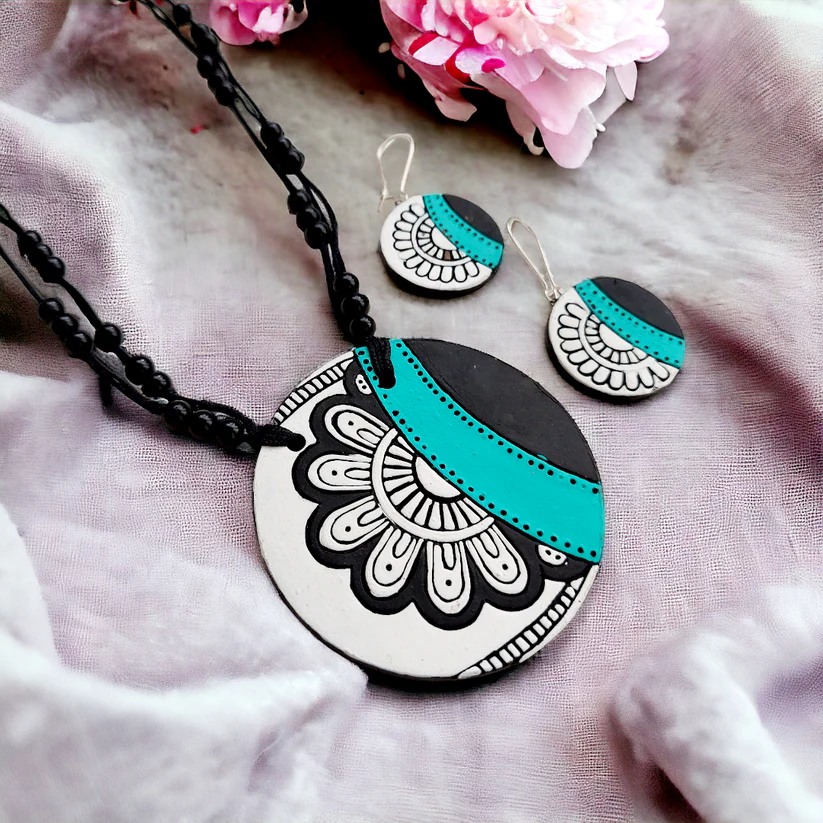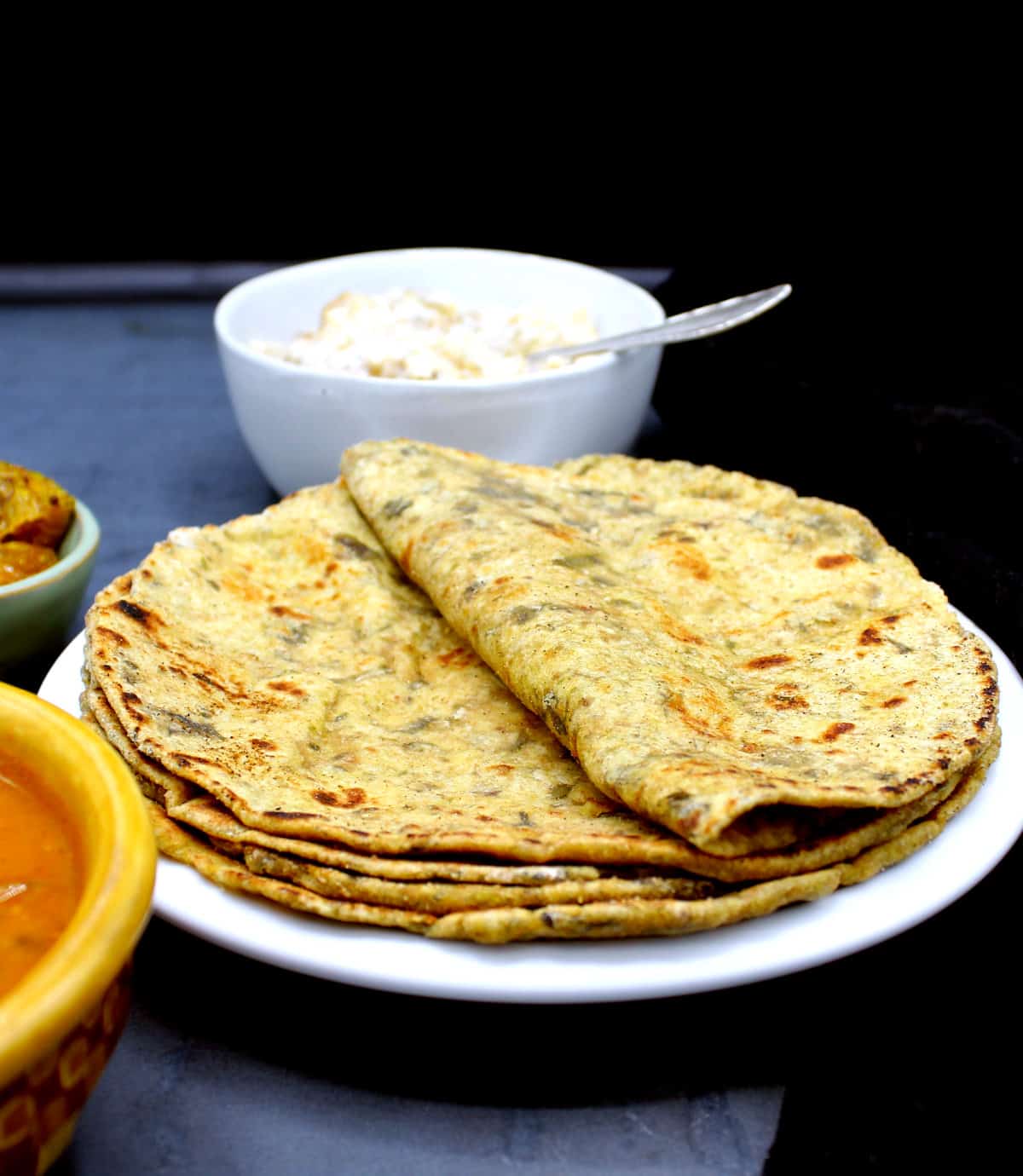Terracotta jewellery is a fascinating blend of tradition and artistry, celebrated for its unique beauty and cultural significance. Derived from the Latin word for “baked earth,” terracotta jewellery utilizes clay that is sculpted, fired, and often intricately decorated. This type of jewellery, with its earthy tones and handcrafted appeal, has been embraced across cultures and ages. This comprehensive guide delves into the world of terracotta jewellery, exploring its history, crafting process, benefits, and how to care for these artistic treasures.
What is Terracotta Jewellery?
Terracotta jewellery is made from clay, which is molded into various shapes and fired at high temperatures to create durable and attractive pieces. Unlike conventional metal jewellery, terracotta pieces offer a distinct texture and warmth, often featuring vibrant colors and intricate designs. The material itself is natural and eco-friendly, contributing to the piece’s unique charm.
Key Characteristics of Terracotta Jewellery:
- Handcrafted Artistry: Each piece is individually crafted by artisans, making every item unique.
- Natural Aesthetic: Terracotta’s earthy tones and textures provide a natural, organic look.
- Cultural Significance: Many terracotta designs are inspired by traditional motifs and cultural symbols.
The History of Terracotta Jewellery
Terracotta jewellery has deep historical roots that date back to ancient civilizations. The use of terracotta in art and ornaments can be traced to ancient Mesopotamia, Egypt, and the Indus Valley, where clay was used for various purposes, including jewellery.
Ancient Traditions
In ancient India, terracotta jewellery was widely used, especially in regions like Bengal and Tamil Nadu. The art form was prevalent among rural communities and was often associated with festivals and rituals. Traditional designs included beads, pendants, and bangles, reflecting the rich cultural heritage of the time.
Revival in Modern Times
In recent years, there has been a resurgence of interest in terracotta jewellery, driven by a growing appreciation for artisanal and eco-friendly products. Contemporary designers have embraced terracotta’s versatility, incorporating it into modern fashion trends while preserving traditional techniques.
Crafting Terracotta Jewellery
Creating terracotta jewellery involves several steps, each requiring skill and attention to detail. Here’s an overview of the process:
1. Material Preparation
The process begins with preparing the clay. Artisans use high-quality, fine clay that is free from impurities. The clay is kneaded to achieve the right consistency and texture for molding.
2. Design and Molding
Designs are crafted based on traditional motifs or modern aesthetics. The clay is then molded into various shapes using hand tools or molds. This step requires precision to ensure the designs are detailed and accurate.
3. Drying
After molding, the clay pieces are left to dry slowly. This step is crucial, as rapid drying can cause cracking. The drying process may take several days, depending on the size and thickness of the pieces.
4. Firing
Once the pieces are thoroughly dried, they are fired in a kiln at high temperatures. The firing process hardens the clay and gives it durability. The temperature and duration of firing can affect the final color and texture of the jewellery.
5. Decorating
After firing, the pieces are often painted or glazed. Artisans use natural dyes and paints to add color and design elements. Some pieces may also be adorned with additional embellishments like beads or metal accents.
6. Finishing
The final step involves polishing and assembling the jewellery. Artisans ensure that each piece is smooth and free of imperfections. The jewellery is then assembled with fittings like hooks, clasps, or chains.
Benefits of Terracotta Jewellery
Terracotta jewellery offers several benefits that make it a valuable addition to any collection:
1. Unique Aesthetic
The handcrafted nature of terracotta jewellery ensures that each piece is one-of-a-kind. The natural textures and colors of terracotta provide a unique and earthy aesthetic that stands out from conventional metal jewellery.
2. Eco-Friendly
Terracotta is a natural material that is environmentally friendly. The use of clay, which is abundant and biodegradable, makes terracotta jewellery a sustainable choice.
3. Lightweight and Comfortable
Terracotta jewellery is lightweight, making it comfortable to wear for extended periods. This is especially beneficial for large pieces that might otherwise be cumbersome if made from heavier materials.
4. Affordable
Compared to precious metals and gemstones, terracotta jewellery is relatively affordable. This accessibility allows individuals to enjoy artistic and stylish pieces without a significant financial investment.
5. Cultural Connection
Owning terracotta jewellery can foster a connection to cultural traditions and artisanal craftsmanship. Many designs are inspired by traditional motifs and symbols, offering a meaningful link to historical and cultural heritage.
Styling Terracotta Jewellery
Terracotta jewellery can be styled in various ways to suit different occasions and outfits. Here are some tips for incorporating terracotta pieces into your wardrobe:
1. Casual Chic
Pair terracotta earrings or necklaces with casual outfits like denim jeans and a simple blouse. The natural, earthy tones of terracotta add a touch of elegance without being overly formal.
2. Boho Vibes
Terracotta jewellery complements bohemian-style clothing, such as flowing skirts and maxi dresses. The organic look of terracotta enhances the laid-back, artistic vibe of boho fashion.
3. Festive Wear
For festive occasions, choose terracotta jewellery with intricate designs and vibrant colors. These pieces can add a unique touch to traditional attire, such as sarees or lehengas.
4. Modern Edge
Combine terracotta pieces with contemporary outfits to create a striking contrast. For example, a bold terracotta necklace can elevate a minimalist dress or a sleek jumpsuit.
Caring for Terracotta Jewellery
Proper care is essential to maintain the beauty and longevity of terracotta jewellery. Here are some care tips:
1. Avoid Moisture
Keep terracotta jewellery away from water and moisture, as this can weaken the clay and cause damage. Remove the jewellery before swimming, showering, or engaging in activities that involve water.
2. Clean Gently
Clean terracotta jewellery with a soft, dry cloth to remove dust and dirt. Avoid using abrasive cleaners or chemicals that could damage the surface.
3. Store Properly
Store terracotta jewellery in a cool, dry place. Use a soft pouch or jewelry box to protect the pieces from scratches and dust.
4. Handle with Care
Handle terracotta jewellery gently to prevent breakage. Avoid dropping or knocking the pieces, as they can be fragile.
Conclusion
Terracotta jewellery is a beautiful and culturally rich accessory that offers a unique blend of tradition and modernity. With its handcrafted artistry, eco-friendly material, and distinctive aesthetic, terracotta jewellery is a timeless choice for those who appreciate artisanal craftsmanship and natural beauty. By understanding the history, crafting process, and benefits of terracotta jewellery, you can make informed choices and enjoy the elegance and charm of these exquisite pieces. Whether you’re drawn to their cultural significance, affordability, or distinctive style, terracotta jewellery offers a meaningful and stylish addition to any collection. Discover the artistry of terracotta jewellery at Aashirs, where traditional craftsmanship meets modern elegance in every unique piece.




Hi Neat post Theres an issue together with your web site in internet explorer may test this IE still is the marketplace chief and a good component of people will pass over your fantastic writing due to this problem